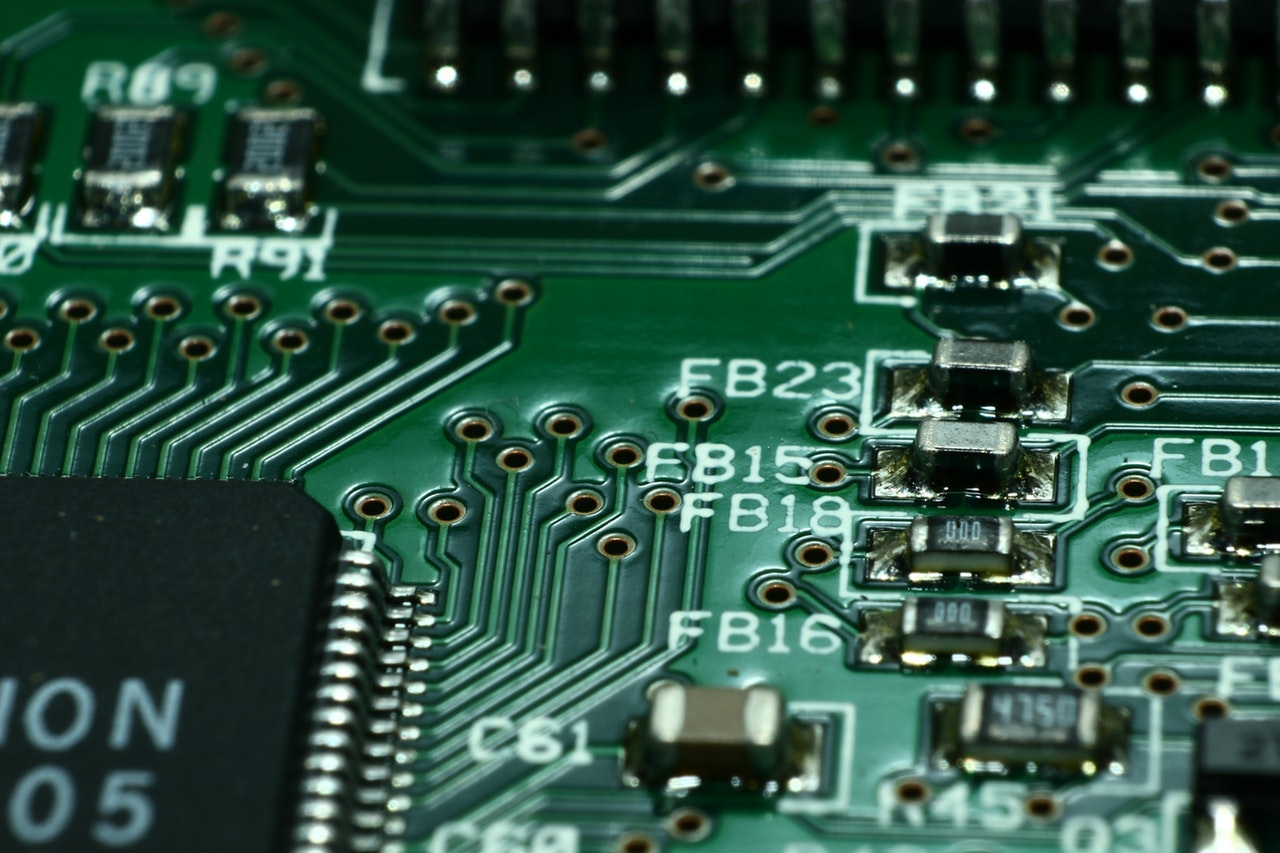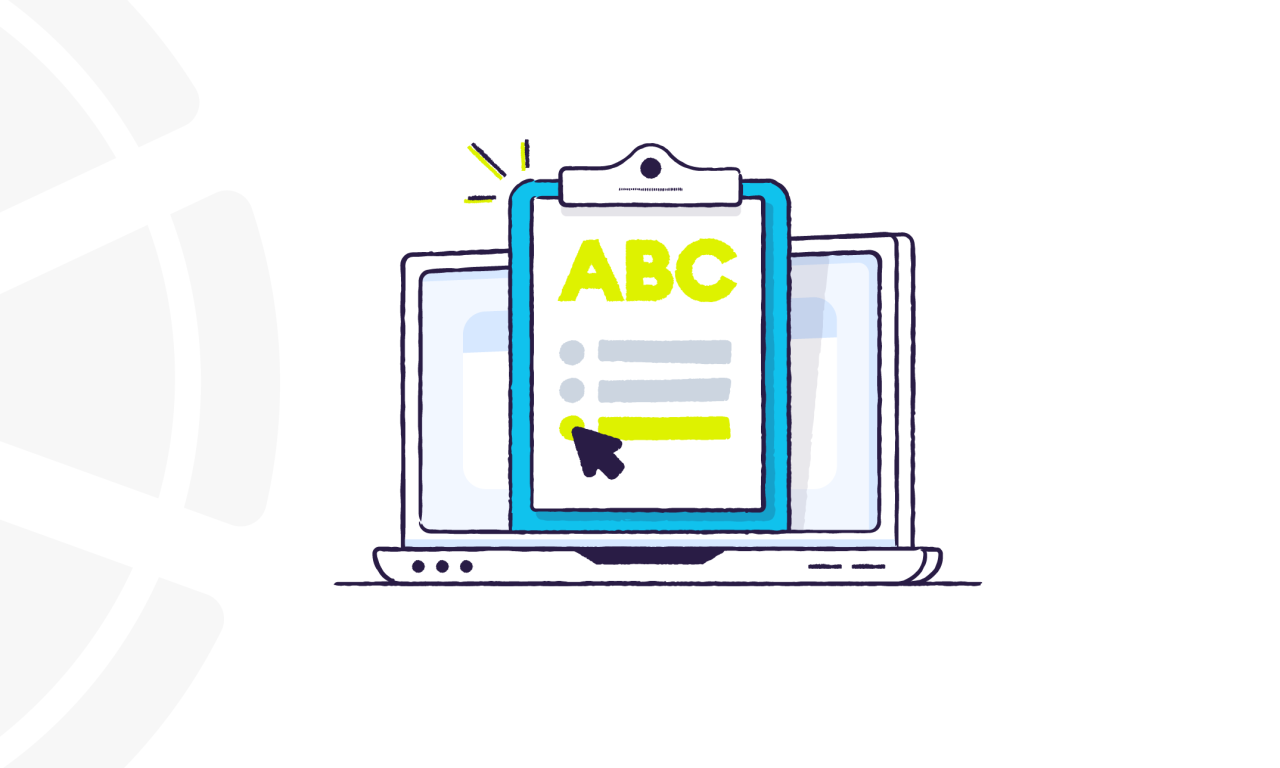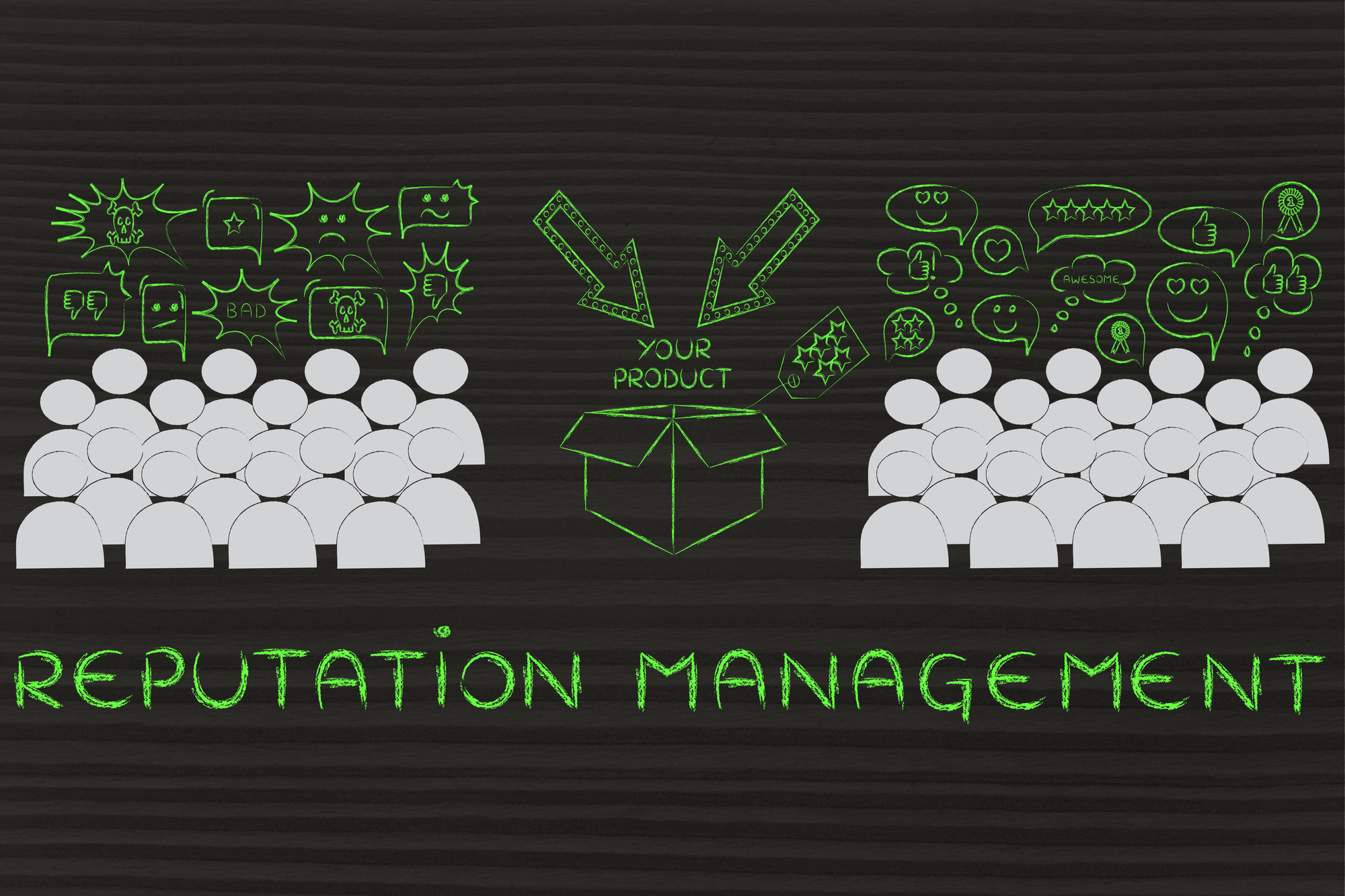Even though printed circuit boards (PCBs) were invented at the turn of the 20th century, it wasn't until 1943 that Paul Eisler patented them. Since that time, they've continuously evolved into powerhouses that today are at the core of nearly every electronic device we use.
In the PCB Technology Trends 2018 global study, researchers predicted where PCB manufacturers will go by the year 2023 to meet current demands. The report looked at information from 74 companies around the world and found that about 50% of PCB manufacturers were working on products able to communicate with the Internet of Things (IoT).
In the last few years, there have been a number of industry changes involving PCBs and how they've improved various industries, including the tech industry, small businesses, design and marketing.
1. Greener Manufacturing
Today's consumers care about the impact on the environment both now and for future generations. This passion has forced PCB facilities to adopt greener practices as well. For example, regulations meant the end of lead soldering but resulted in a manufacturing process that used more energy. The industry has had to adapt and figure out other ways to reduce its carbon footprint.
Some of the materials used for PCBs are eco-friendly, such as fiberglass. Although this inclusion may change in the coming years, it's likely that companies will consider what's good for the environment along with what materials are affordable and perform best.
2. Smaller and Smaller Devices
Today's PCBs are so small and efficient that they just barely resemble those first models. In the last 10 years alone, we've seen expensive designs move into the mainstream, making HDI and FPGAs available to everyone. The reason PCBs are able to work much more efficiently in less space has to do with multi-layering, which allows more circuits to be connected on a single board. Thanks to this capability, products tinier than ever before now offer more features.
3. Wearable Tech
The clamor for wearable technology has forced PCB designers to find ways to create more efficient and powerful boards in less space. Today's watches work more like tiny smartphones. As the IoT advances, expect to see more and more functions in even the smallest of devices.
Advances in PCBs open the door to exciting possibilities that will change the way we function in the world. Marketers will be able to push ads to these devices, letting people know about products chosen just for them the second they arrive in stores.
4. Accessible Cameras
In recent years, PCBs have come with mounted cameras. This setup is seen most often in mobile devices, such as smartphones. No longer are businesses tied to a studio to take product shots. Now, they can go out in the field and capture images of their product in use.
One trend in marketing that has appeared in recent years thanks to the availability of high-resolution cameras being so readily available is asking customers to take snapshots of products in use. The public then uploads these images to social media, creating viral word-of-mouth marketing like the world has never seen before.
5. Inexpensive 3D Printing
Three-dimensional printers have changed nearly every industry, but affected in particular are small businesses. 3D printers make things much more affordable, such as creating a prototype in less time and for a fraction of the cost. However, where the power of PCBs comes into play is through the ability of computers to look at a potential printed prototype and make adjustments in milliseconds. The systems work together to create something that wasn't possible even 10 years ago.
6. Faster Systems
The demand for fast, reliable information increases every year. If marketers and designers hope to keep up with bigger companies, they must get information out there quickly. That means they must also process data at lightning speed and gather insight into consumer habits and the behaviors of their own customers. Today's PCBs are faster and process information on a different level than machines of a few years ago. Each year, the demand for faster and smaller devices changes the way PCBs are created.
7. Added Flexibility
In the past, the cost of creating a flexible PCB as opposed to a rigid one was higher. As the cost of manufacturing comes down, expect to see more and more devices utilizing flexible PCBs. This evolution has so many implementations in business that it's difficult to cover them all.
For example, flexible PCBs might be used in a smart LED light bulb. Business owners could install these bulbs in their stores and change the brightness of their lighting depending on the time of day, set the bulb to burn at a specific time of the day or light the path for an employee arriving in a dark store. Expect flexible PCBs to also impact the wearable tech market.
Where PCBs Will Take Us in the Future
When you think back to that first printed circuit board and the behemoth computers of the 40s and 50s, today's tiny devices might seem like something out of a science fiction novel. Yet PCBs will likely continue to grow smaller, more powerful and more flexible in the 2020s. As your company's needs change, expect your technology to change along with them. One thing is certain: PCBs are at the heart of every electronic device you use, and they're sure to be a part of our world for decades to come.
Related Posts
Lexie is a designer and typography enthusiast. She enjoys writing HTML code and creating new styles guides. In her spare time, she works on her design blog, Design Roast.







